There is an increasing “urgency” that car brands have to sell fully or partially electrified vehicles, as a way of reducing the ecological footprint and being able to stay below the 95 g/km of emissions, mandatory since last January 1st. Therefore, Peugeot continues with its electric offensive, with the e-208, but mainly with a line of hybrid models with external recharge (plug-in), from which the 3008 Hybrid4 and 508 Hybrid (sedan and van) are the first examples.
Of course, with the price of technology (batteries are still expensive…) these models end up out of the consideration of a large number of potential customers, who will be scared when they see the price much higher than that of the more affordable versions with only a motor. combustion.
There are, however, two caveats to be made. Firstly, energy costs are guaranteed to be lower (between the cost of electricity lower than gasoline/diesel and the low consumption allowed by the help of electric propulsion), so it is possible to really achieve Total Costs of Ownership/Use (TCO) close to combustion versions.
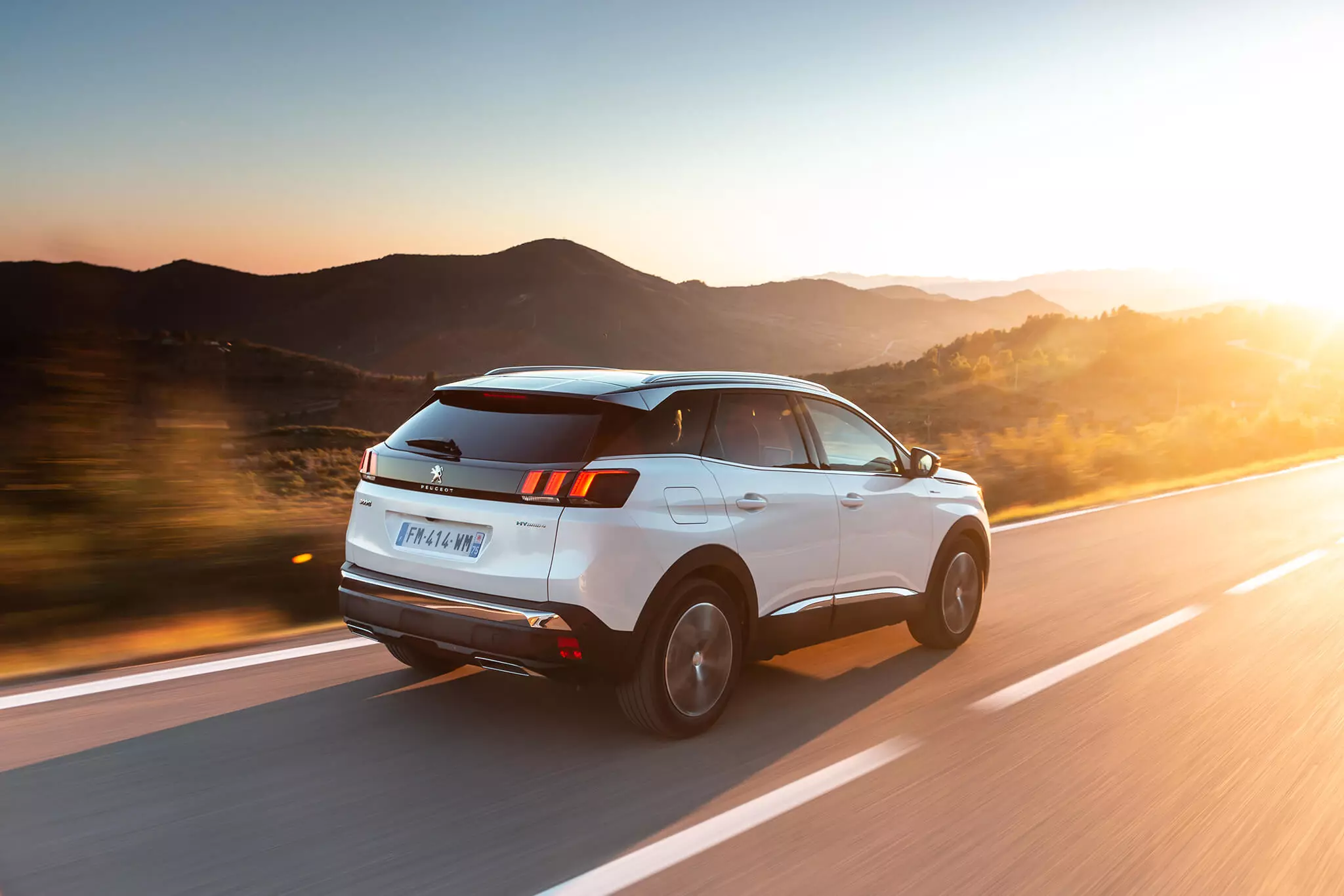
On the other hand, companies and individual entrepreneurs have very favorable conditions for the purchase of plug-in hybrids: between VAT exemption, 25% ISV and advantageous tax tables, the 3008 hybrid costs 30,500 and 35,000 euros , respectively for the 225 hp 2WD and 300 hp 4WD versions. Hard to resist for those who meet the conditions...
Gun race... electric
The race for electric "weapons" is therefore the order of the day and Peugeot is accelerating so that, starting this year, each new model that arrives on the market has a totally or partially electrified version, which led to the decision of the French brand change its signature from “Motion & Emotion” to “Motion & e-Motion”. The inclusion of an “e”, with chromatic reflections in green and blue, symbolizes the positioning of the lion brand in the main challenges of the energy transition.
On this occasion it was possible to drive the Peugeot 3008 Hybrid4 and the Peugeot 508 SW Hybrid , which use essentially the same propulsion system, except the SUV gets 20 hp more on the 1.6 PureTech gasoline engine — 200 hp instead of 180 hp — and adds a second 110 hp (80 kW) engine over the rear axle, which allows you to achieve additional output — 300 hp instead of 225 hp and 360 Nm instead of 300 Nm — and electric four-wheel drive.
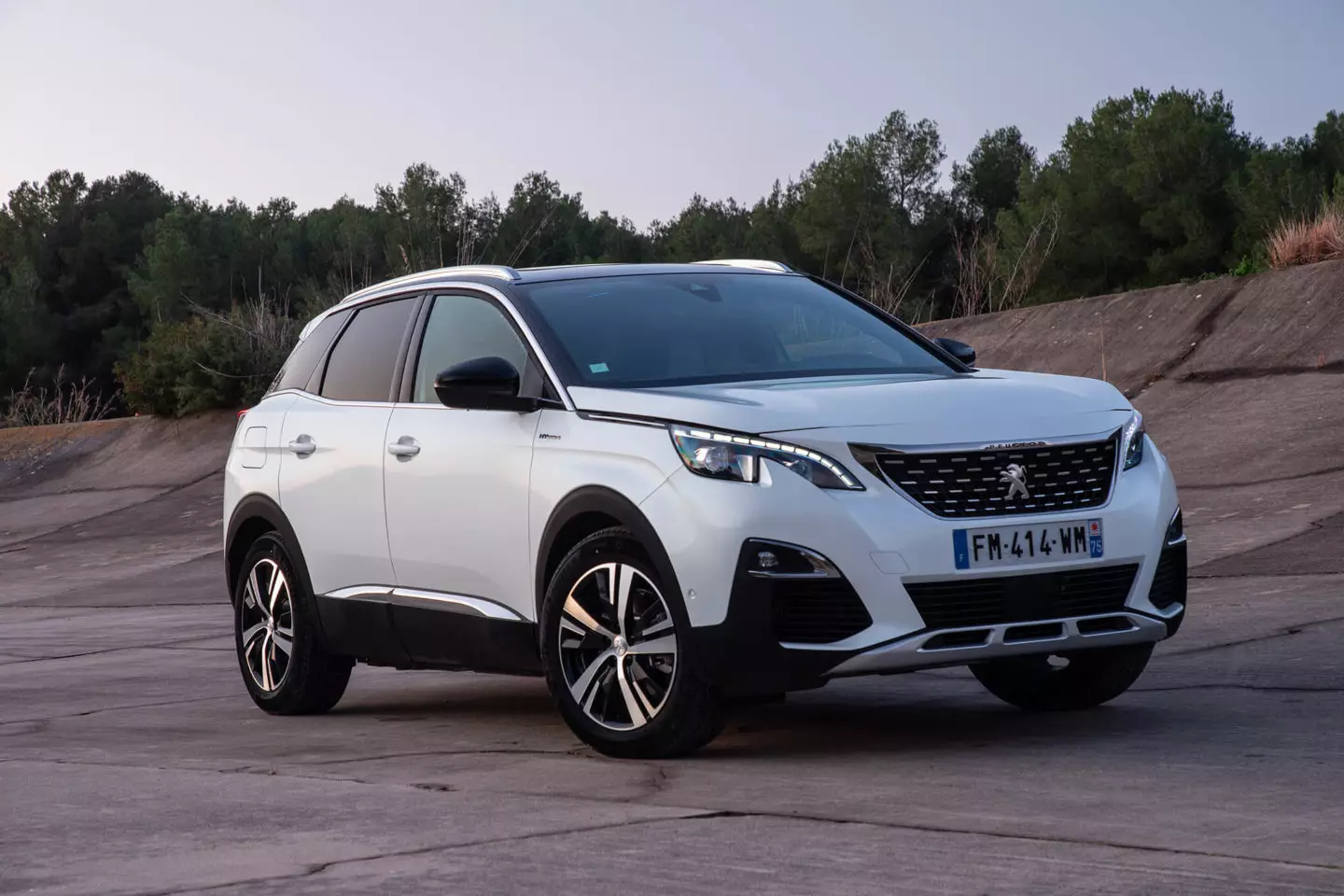
It is (for now) the most powerful Peugeot ever, but on the 3008 Hybrid4 the exterior differences boil down to little more than the hatch that hides the battery charging socket, located on the car's left rear flank.
When you open the door, you can appreciate its "communicative" character as it "tells" immediately how the loading process is taking place — if it has already ended, if it has been suspended, if there is a failure — through color and/or animation . The idea was to prevent the user from having to get into the car to consult this information, when not equipped with the application on their smartphone, of course.
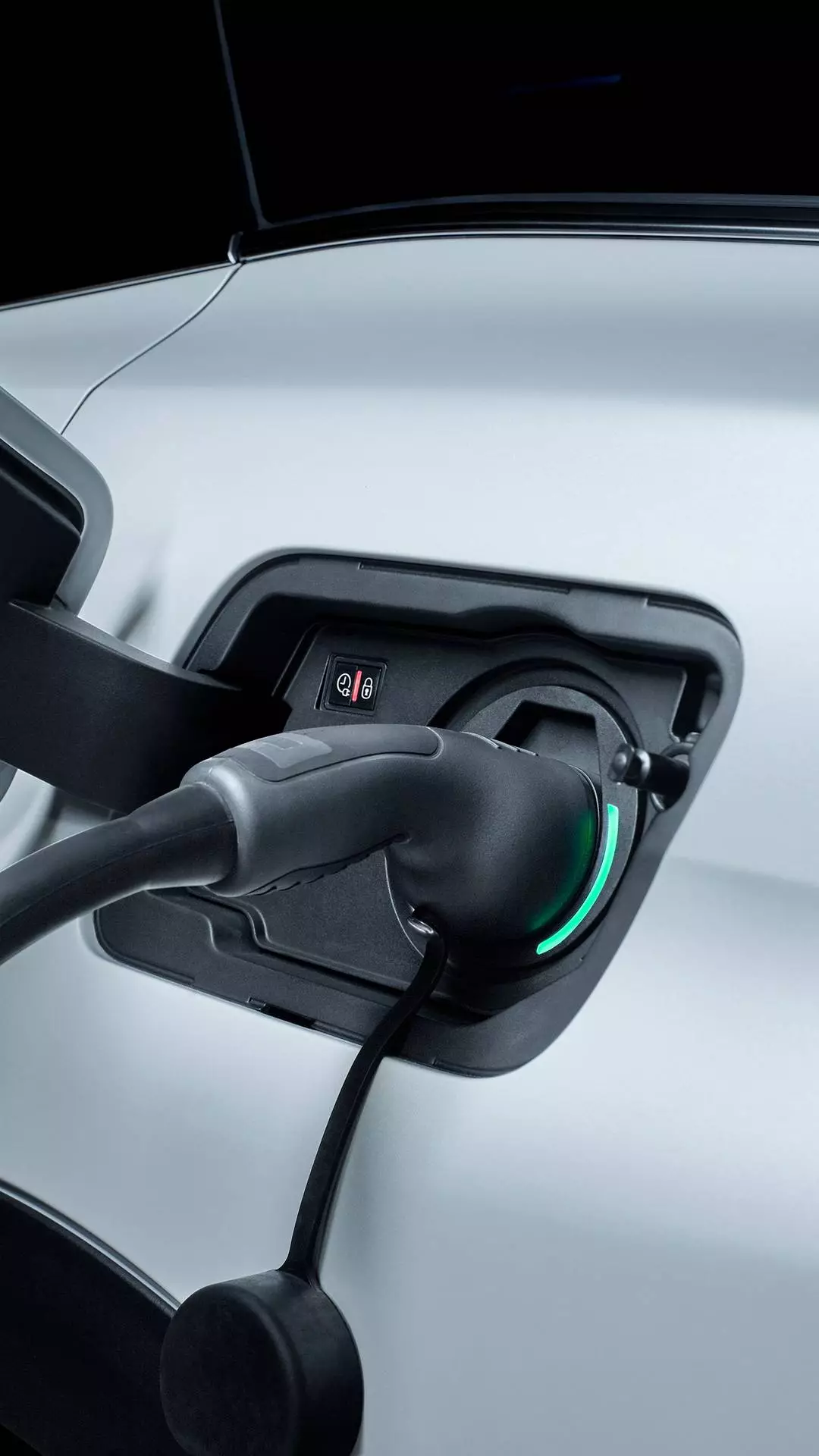
Another subtle variation, designed to heighten the driver's ecological awareness, a blue light turns on in the interior mirror area when the car is driving without emitting gases from the exhausts.
Smaller suitcase, more sophisticated suspension
The lithium-ion battery of the 3008 Hybrid4 has a capacity of 13.2 kW (adding 132 kg to the car) and is mounted under the rear seat, stealing cargo space under the trunk floor — 125 are lost. l, going from 520 l to 1482 l (without and with folded seats) in versions with only the heat engine, to 395 l to 1357 in this plug-in hybrid.
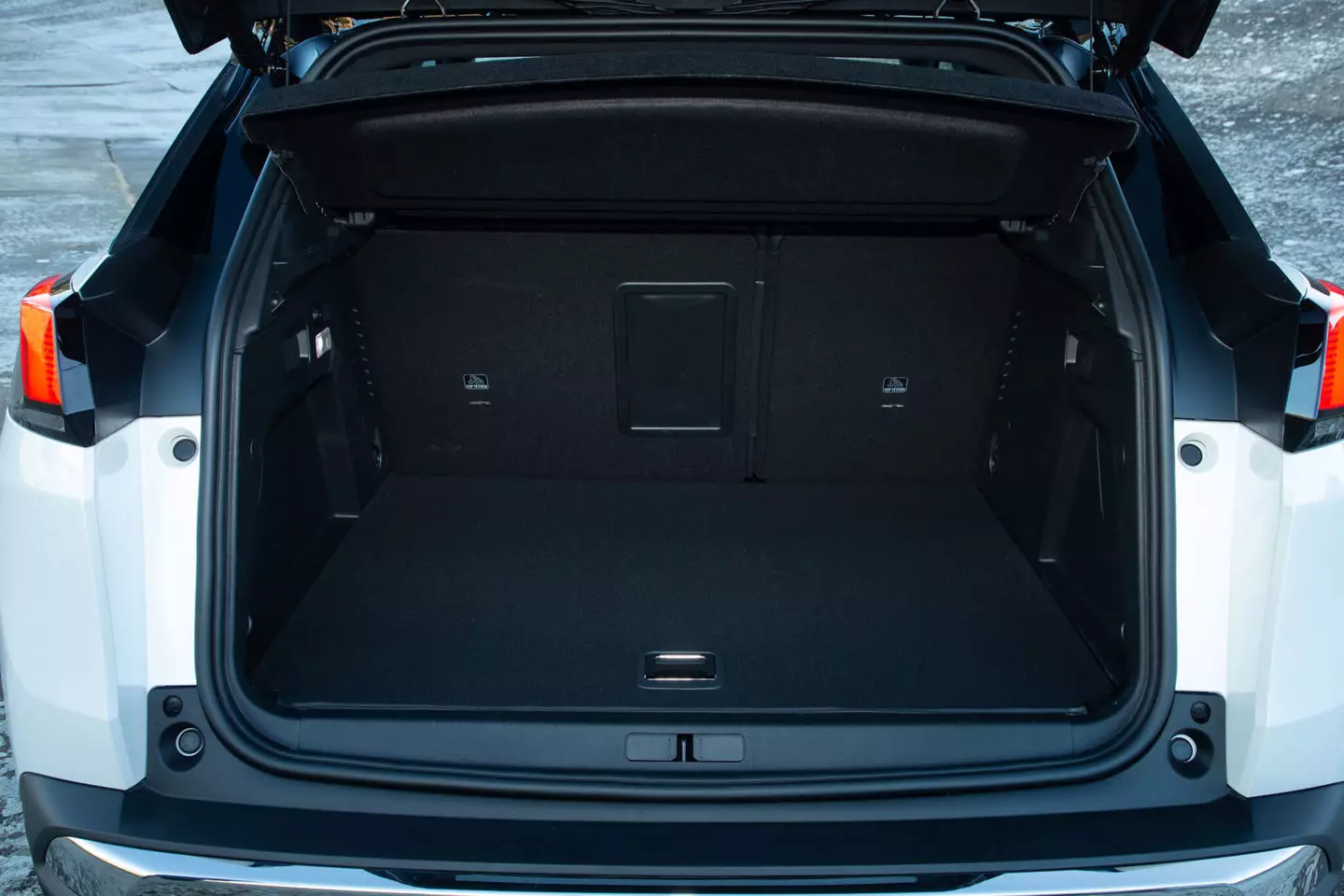
This is because both the battery and the electric motor on the rear axle always rob usable volume and that would be even greater if Peugeot had not equipped a 3008 Hybrid4 with a rear axle with multi-arm independent wheels that allows optimizing “the packaging”. At the same time, it guarantees superior comfort for those traveling in the back compared to the 3008's torsion-bar axle with a combustion engine only.
The electric range (WLTP) is 59 km , with the homologated consumption being 1.3 l/100 km (CO2 emissions of 29 g/km).
The interior space is also the same offered by the 3008 (except for the trunk) only with a combustion engine. It is necessary to pay attention to the gear selector when in position B, which increases the energy recovery capacity, passing the deceleration from 0.2 to 1.2 m/s2 and being able to go up to 3 m/s2 with the action of the left pedal and without hydraulic intervention, effective from then on.

In the well-known i-Cockpit there are specific new features for this version, with parameterizable instrumentation that includes useful information about driving mode, battery charge level, electric range available in km, etc.
There may be a power indicator at the top right of the digital instrument panel, which replaces the tachometer, and which features three easily identifiable zones: Eco (optimized energy), Power (more dynamic driving), Charge (recovering energy that allows you to recharge the battery).
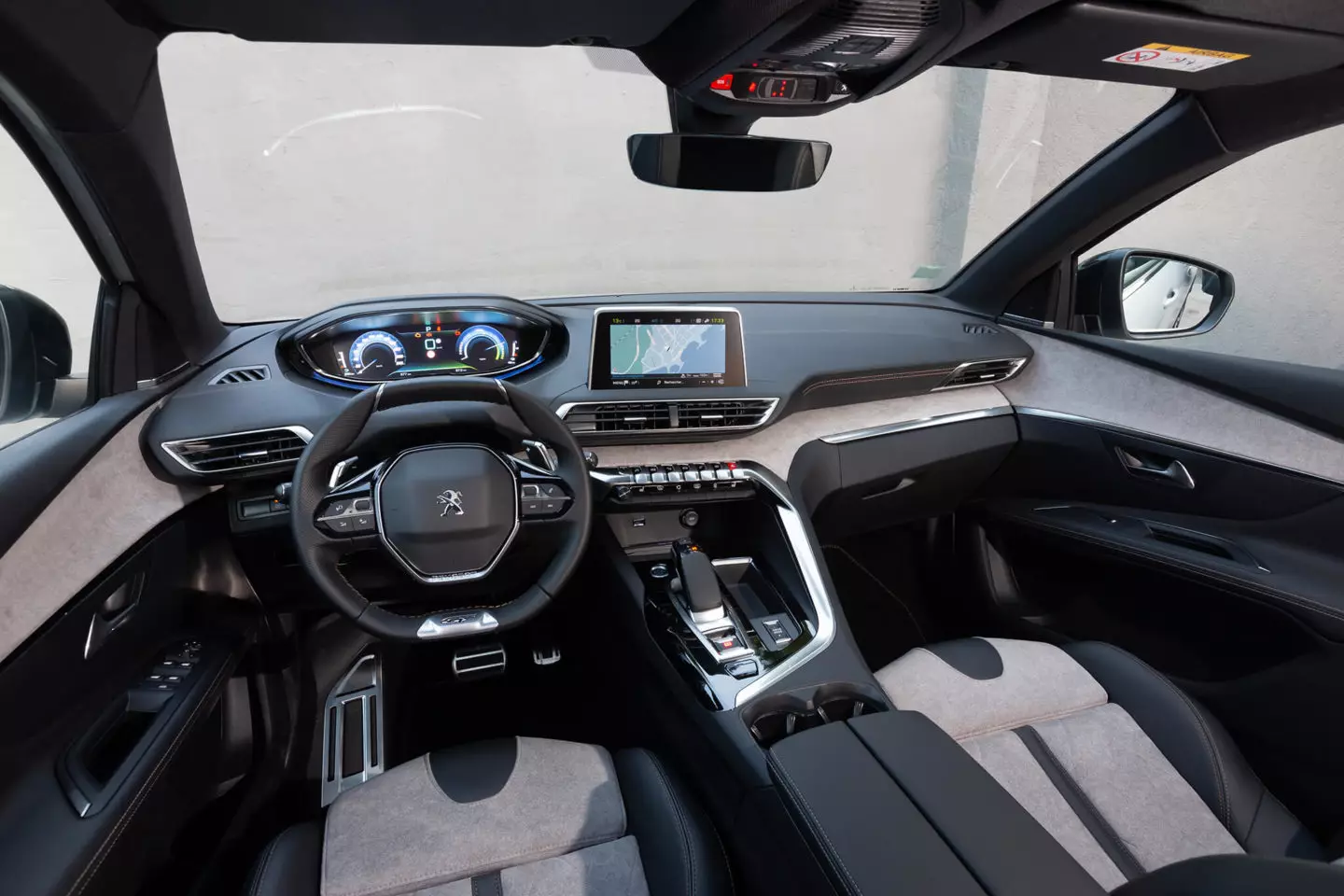
four driving modes
This data is complemented by specific menus on the central touchscreen, where energy flows, consumption statistics — which differentiate electrical consumption from fuel consumption — can be viewed, display of recharging points and fuel stations, recharging schedule (to take advantage of a cheaper energy rate at night, start conditioning the temperature in the passenger compartment to be prepared for when the user arrives), range of action allowed by autonomy in 100% electric or total mode (electric+thermal), etc.
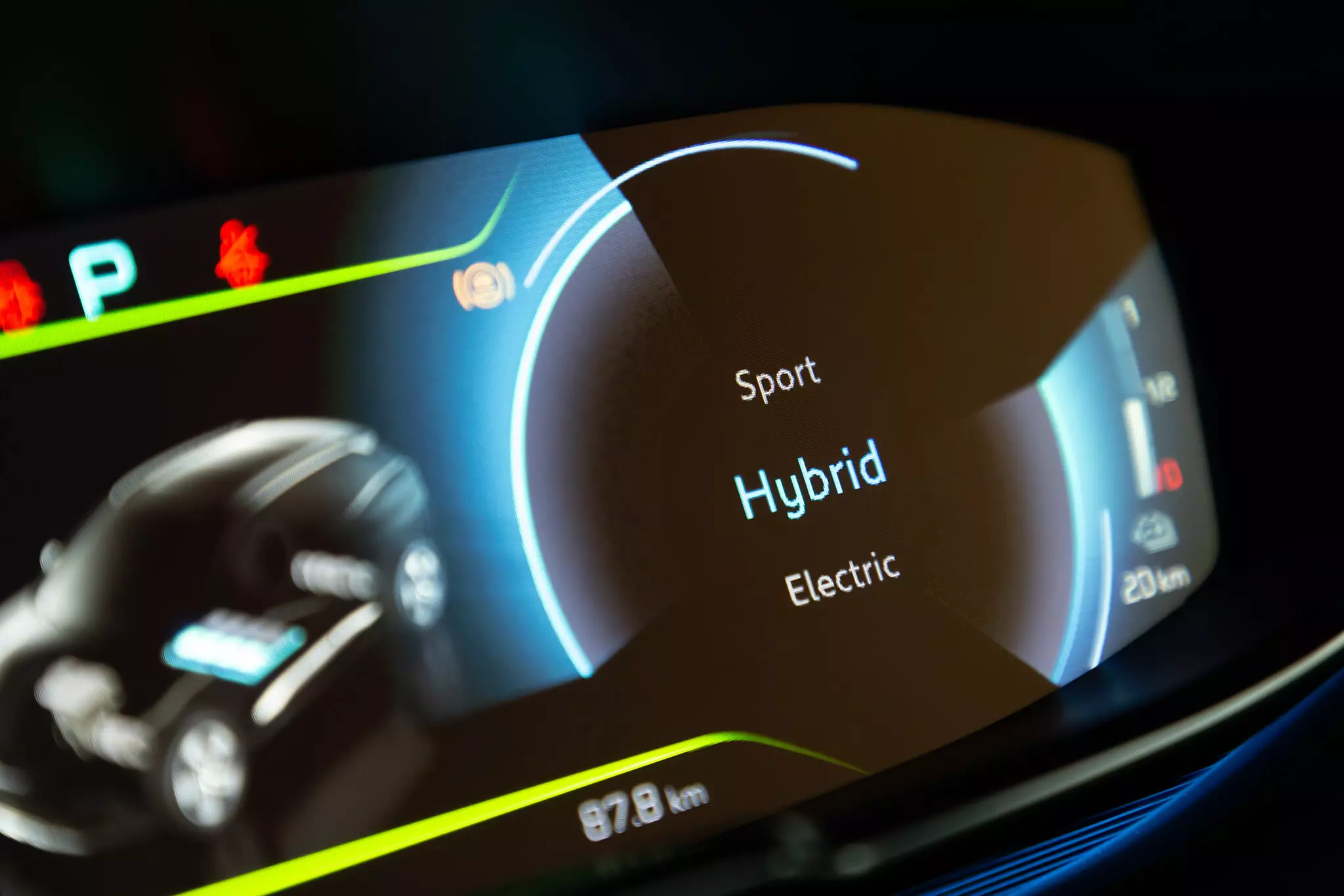
Driving modes are the Electric (100%) electric), sport (explores the full potential of combustion and thermal engines) hybrid (automatic management of the two thrusters) and 4WD.
It should also be noted that there is a e-Save function to reserve electric autonomy (10 km, 20 km or full battery charge) from the respective menu on the touchscreen, which can be useful when entering an urban area or a closed space, for example.
The same function can also start charging the battery through the combustion engine, which can be useful to be able to have electric locomotion in any specific situation, even if it is not a properly “efficient” use of the propulsion system.
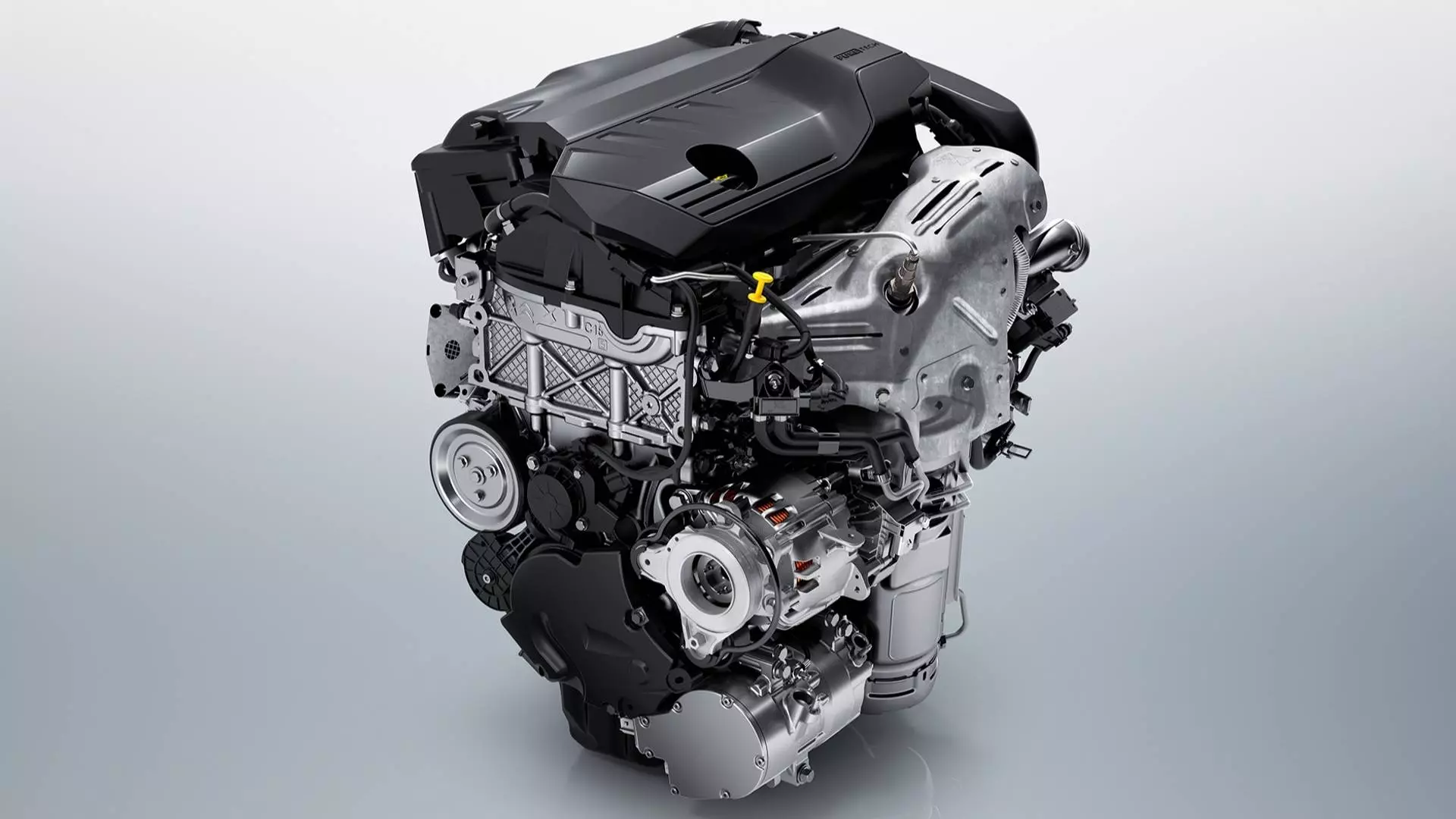
In the 3008 Hybrid4, the rear electric motor is the one that takes the lead, the front coming into action only at the strongest accelerations. The eight-speed automatic transmission is familiar to the PSA Group but with changes (e-EAT8): the torque converter is replaced by an oil-soaked multi-disc clutch and receives the front electric motor (differently shaped than the rear, for power) fit in each of these applications, but with the same 110 hp).
sporty but spare
In dynamic terms, it was possible to notice that this propulsion system has a lot of "soul", a feeling corroborated by the acceleration from 0 to 100 km/h in 5.9 s (or 235 km/h top speed), worthy of a sporty SUV. The maximum electric speed is 135 km/h, after which the rear engine is switched off and the front engine continues to work in assistance.
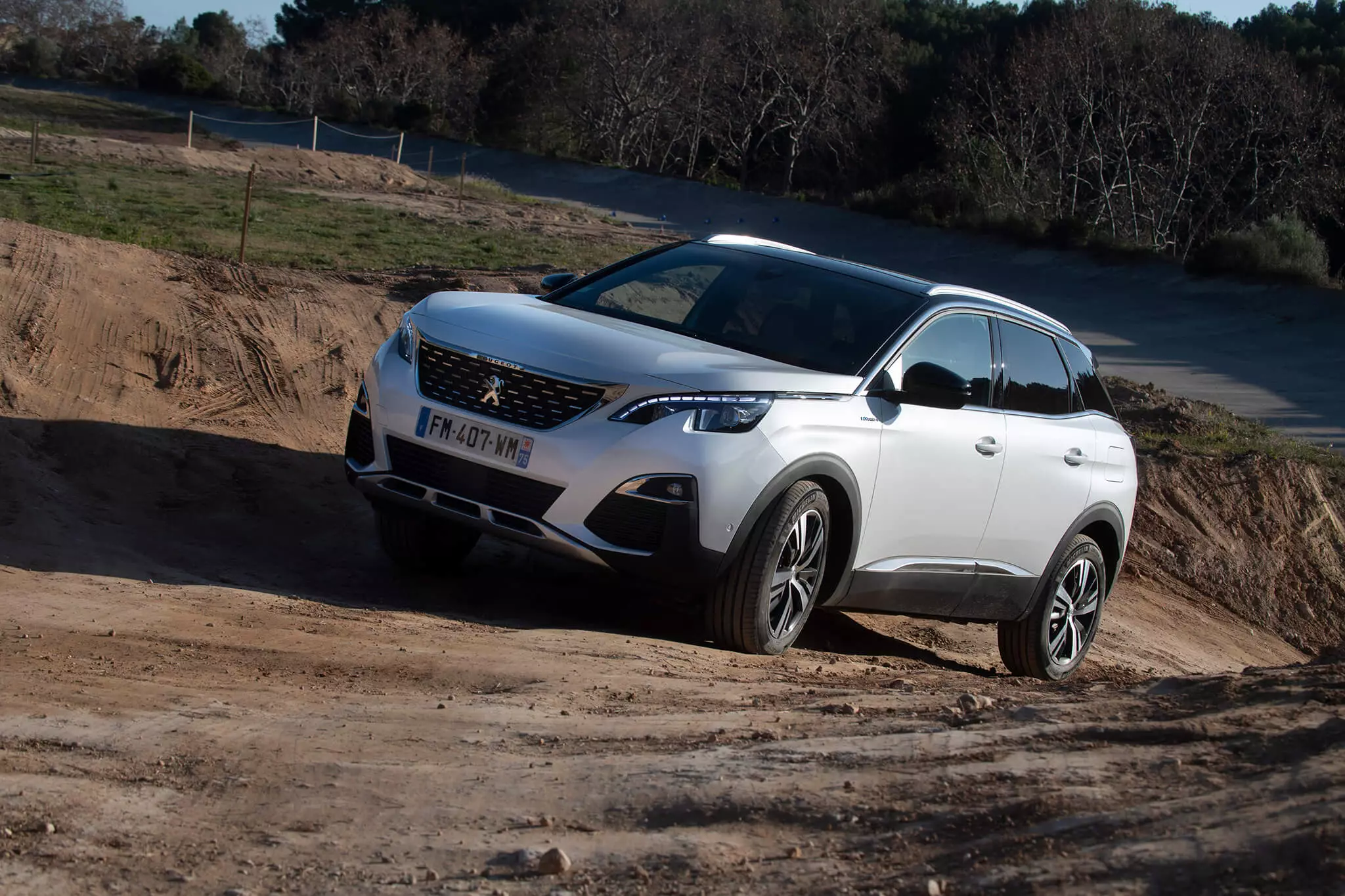
This means that it is an electric 4×4 system, yet more competent to face very demanding grip conditions in which the Grip Control system that exists in some 3008 currently could founder. It was possible to get past some off-road obstacles that any two-wheel-drive SUV would be left behind, but it turns out that immediate torque delivery and all-wheel drive comes in handy even for more fearless forays across moderate all terrain ( for which the steep descent assist system also helps).
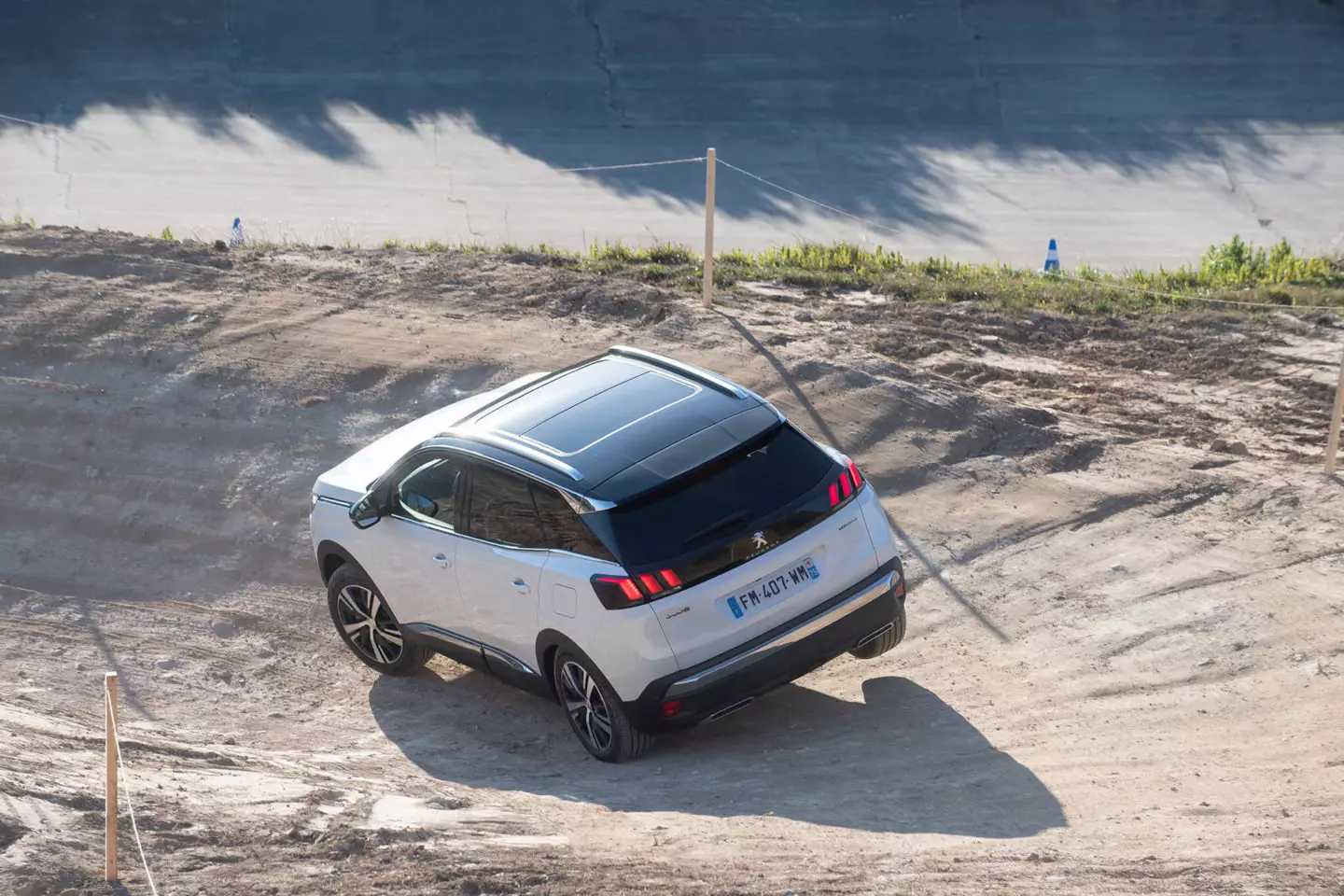
The firing of this engine impresses from the initial regimes, courtesy of the very strong electric “thrust” (in total it is 360 Nm), with no traces of lag in the response of the 1.6 l four-cylinder turbo. This electrical force is of enormous use in speed recovery, as indicated by the acceleration from 80 to 120 km/h (in Hybrid) which takes just 3.6 seconds.
Stability is always at a good level, as is comfort (improved by the more evolved rear axle), making this SUV a very agile car, to which the small steering wheel and a sufficiently precise and direct steering contribute.
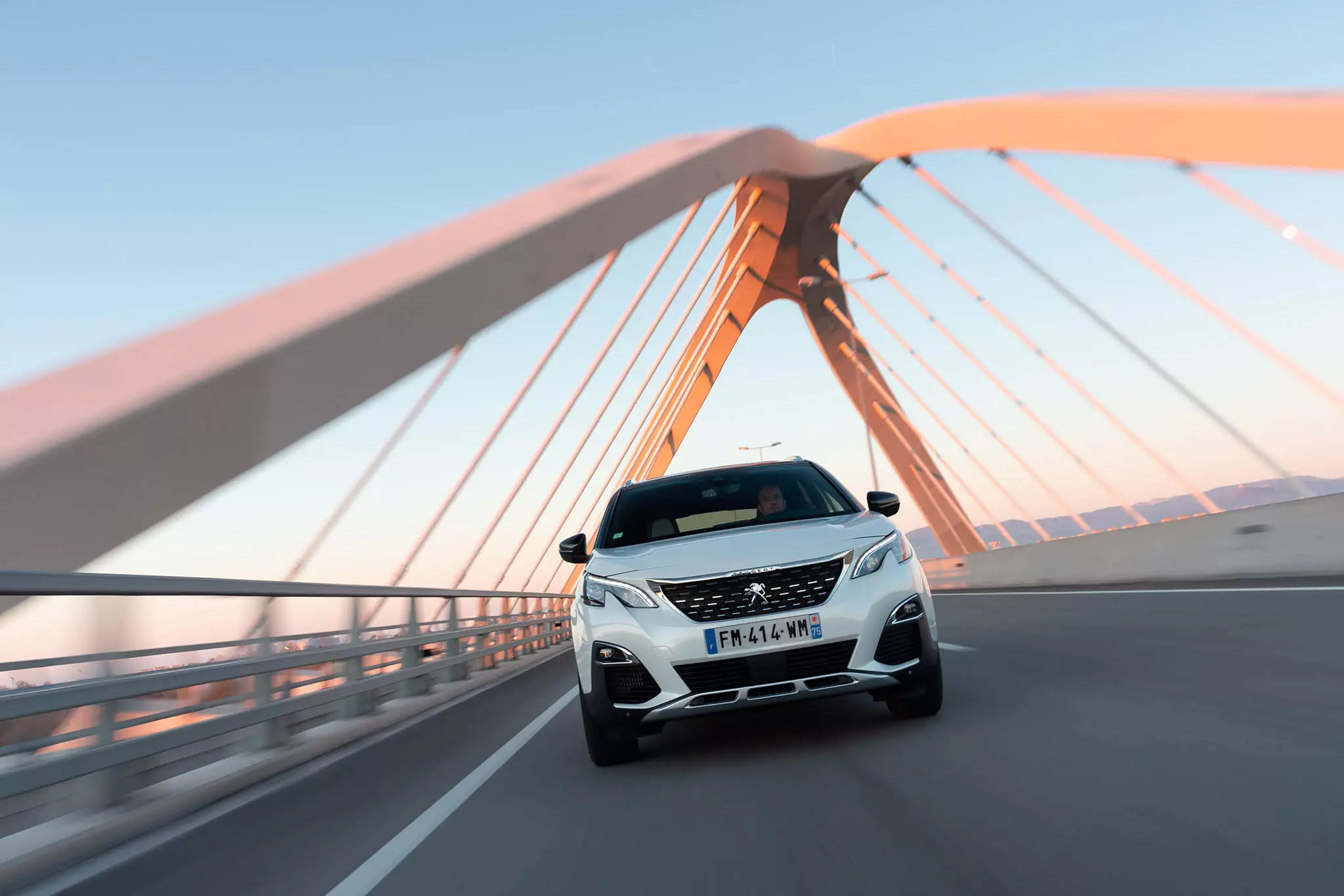
The gearbox is smooth in the shifts and only in Sport mode reveals a more nervous and sometimes hesitant character, which made me prefer to drive in Hybrid.
The route mixed a part of the highway with a (mostly) part of a curvy and car-free secondary road, with a final urban section in a Barcelona battered on this day by the Gloria storm.
At the end of the 60 km the consumption of the Peugeot 3008 Hybrid4 was 5 l/100 km , much higher than the 1.3 l/100 km homologated, because the sportier driving in most part of the route inflated the use of gasoline, with electric consumption being 14.6 kWh/100 km.
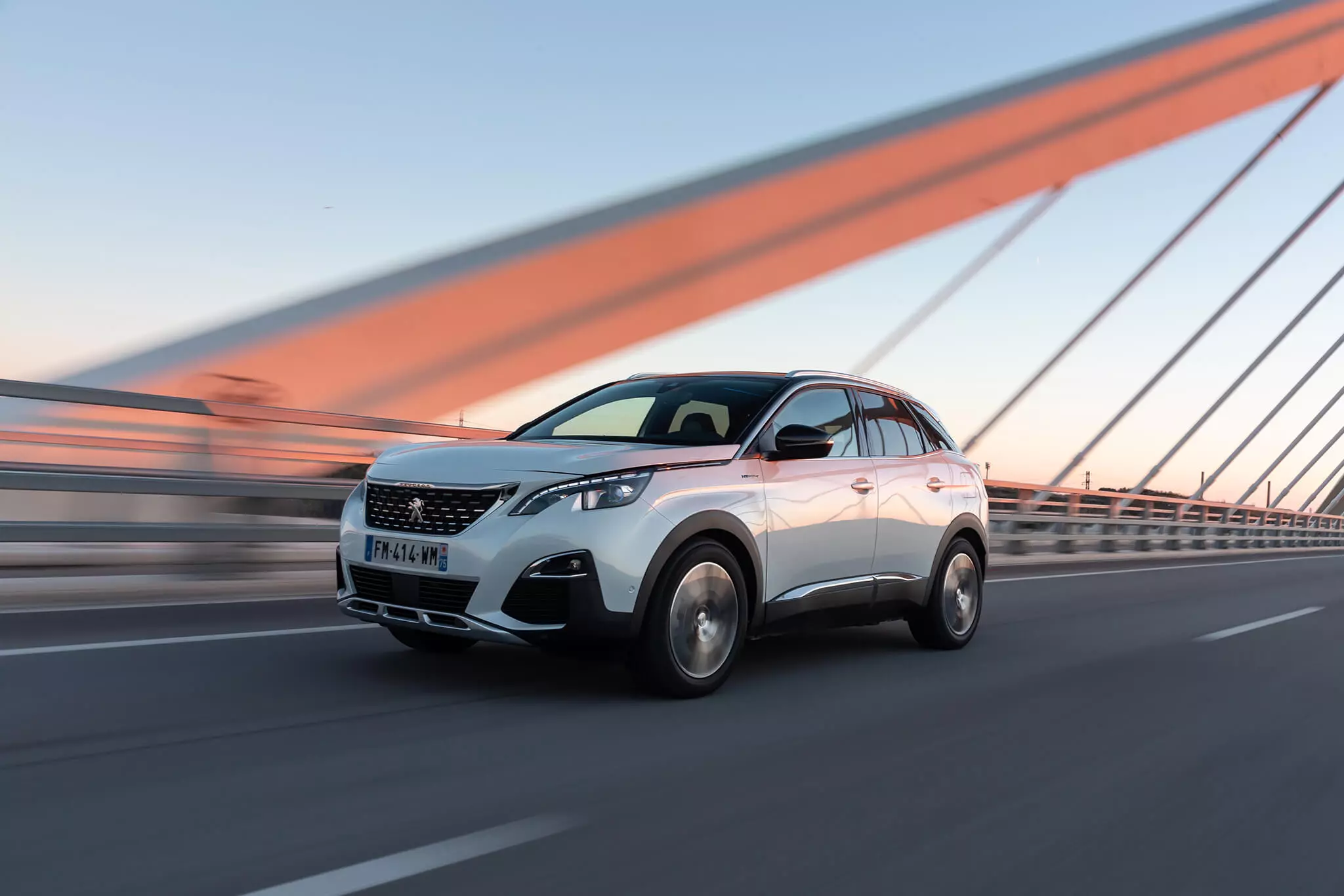
In everyday use it is to be expected that a substantially lower value can be achieved without much effort, as indicated by the fact that the 3008 Hybrid4 has covered the distance of this journey in 100% electric mode in 60% of the time — it will necessarily be higher in urban and at more moderate paces dictated also by greater road congestion compared to this test.
The price of the Peugeot 3008 Hybrid4 starts at 52,425 euros for the GT Line — 35,000 euros for companies — culminating in 54,925 euros for the GT, with the start of marketing in February 2020.
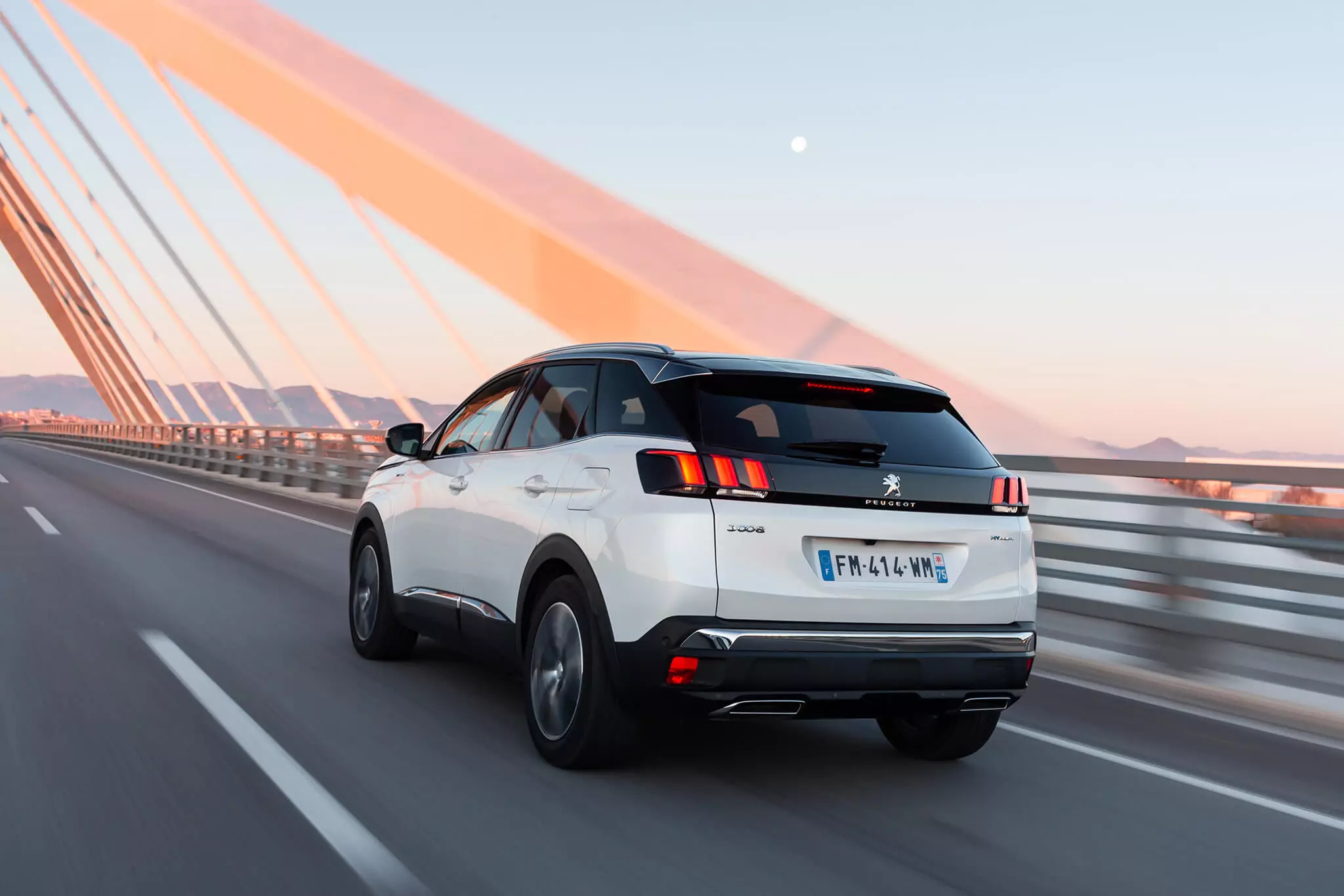
Peugeot 508 SW Hybrid
At the same time that the 3008 Hybrid4 arrives in Portugal, in February 2020, the 508 is now equipped with the same propulsion system, albeit with only two driving wheels (the front). That is, with 225 hp — the result of the association of the 1.6 PureTech engine with 180 hp and an electric motor with 110 hp.
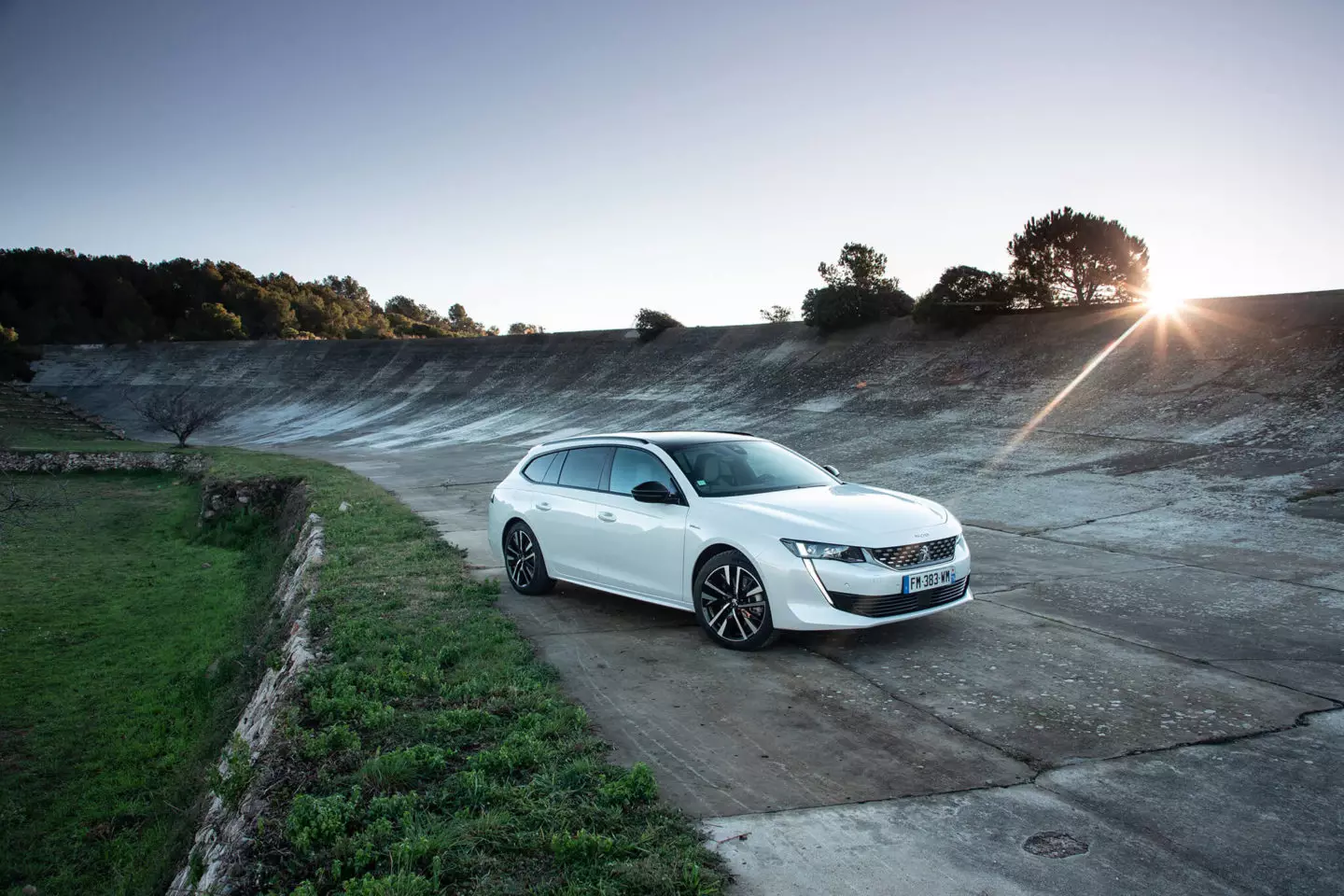
On this occasion we had at the controls of the 508 SW Hybrid, which even with less 75 hp and less 60 Nm than the 4×4 electric system, is far from being a “slapstick” car, as attested by records such as 230 km/h, 4 .7s when resuming from 80 to 120 km/h or 8.7s needed to accelerate from 0 to 100 km/h.
Otherwise, the merits of the propulsion system are similar to that of the 3008 Hybrid4 I drove, always with smooth transitions between the moments when the propulsion is exclusively electric and when it is joint, which is not surprising because Peugeot's stop/start systems ( provided by Valeo) have always been one of the best on the market.
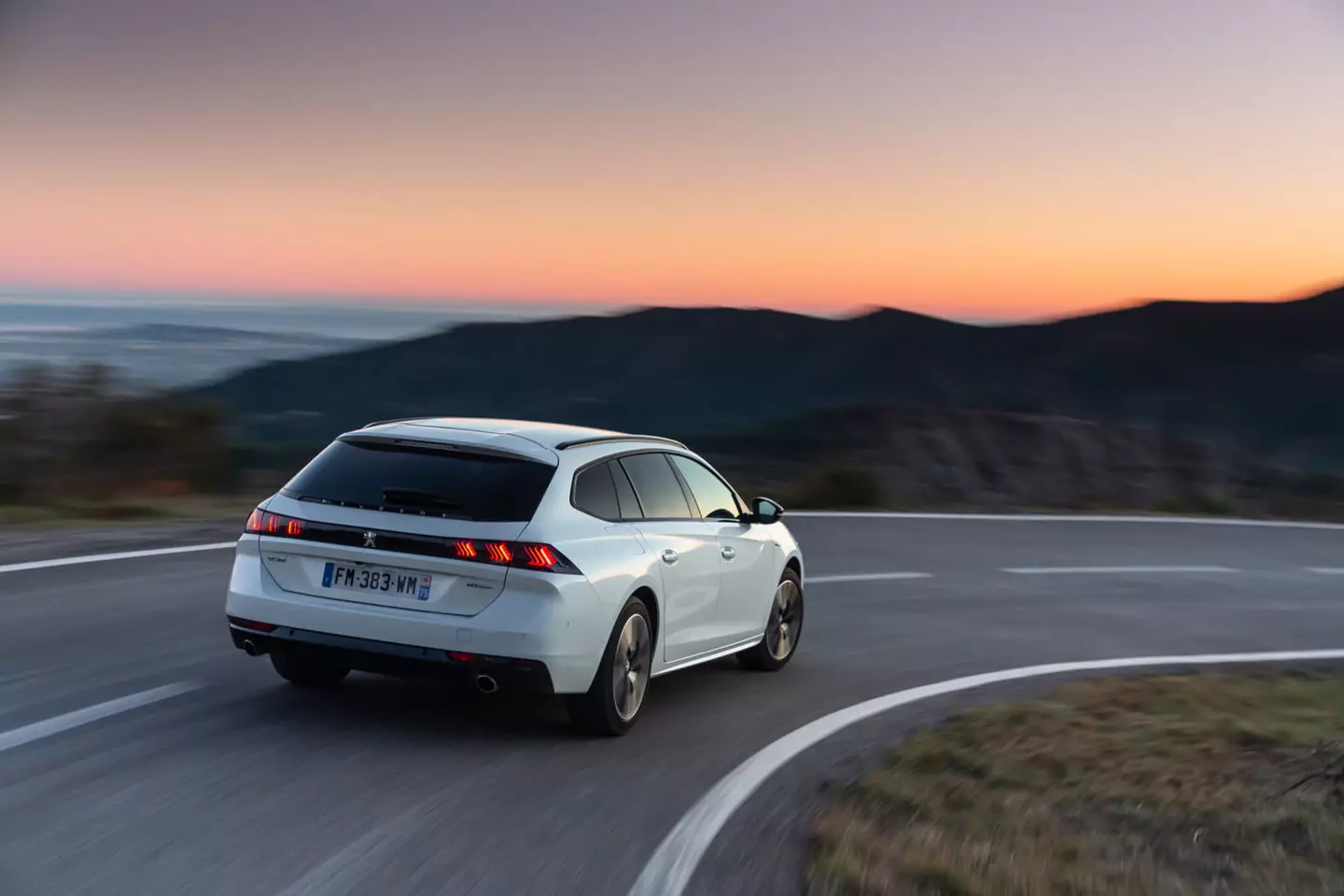
It is confirmed that the speed retakes are the most benefited face of the performance, but the greater general balance of behavior is also to be praised due to the fact that the battery is mounted close to the rear axle, which results in a much more balanced mass distribution than on the “non-hybrid” 508 — close to the ideal 50% front and 50% rear, when a gasoline 508 runs close to 43%-57% — offsetting the vehicle's added weight.
The 508's hybrid battery system has 11.8 kWh and weighs 120 kg (vs. 13.2 kWh and 132 kg in the case of the 3008 Hybrid4), as the 508 has less space to accommodate the energy storage cells underneath of the platform. In this case, the reduction in the volume of the luggage compartment was from 43 l to 243 l (from 530-1780 l to 487-1537 l), with the second row of seats in the normal position or folded down.
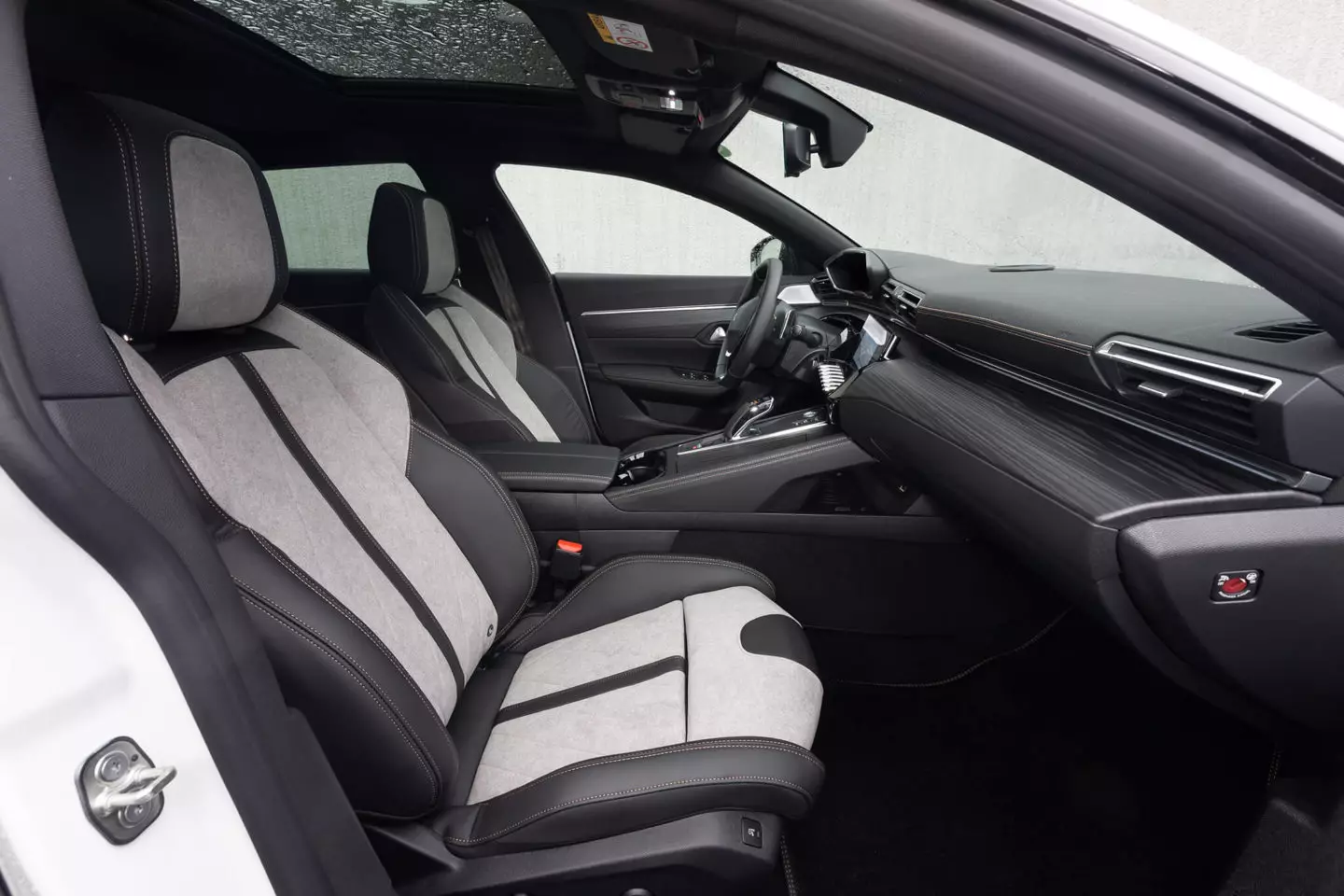
Are you a businessman? Great, because you can buy the 508 Hybrid for very advantageous prices, starting at 32 000 euros for the van (two thousand euros less in the case of the car).
